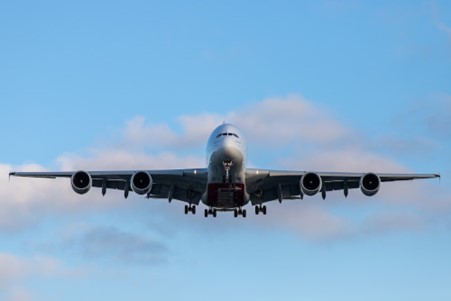According to IATA, the airline industry will return to collective profitability this year, and passenger volumes will soon approach pre-COVID levels, demonstrating that the sector has finally normalised.
While it may not seem that way for the market segments that have yet to recover completely, the sector as a whole is now nearing business-as-usual mode.
Indeed, this year has been more profitable than IATA had anticipated. The airline association’s most recent forecast for 2023, presented as part of its industry overview, predicts a collective nett profit of $23.3 billion in 2023. This is more than quadruple its year-ahead forecast from six months ago.
In its preliminary predictions for 2024, IATA predicts a minor increase in industry earnings to $25.7 billion, with Asia-Pacific airlines returning to profitability.
While the improved return to profit following three pandemic-afflicted, loss-making years is encouraging, IATA acknowledges that the industry’s financial performance remains a work in progress, with nett profit margins of 2.6% and 2.7% for this and next year, respectively.
“In margin terms, we are still significantly below where we need to be and significantly below where we were before the pandemic,” IATA Director General Willie Walsh said.
It regularly leaves the industry vulnerable to external events, with no buffer to sustain subsequent shocks.
“In some ways, there isn’t a lot of wiggle room there for airlines,” says Andrew Matters, IATA’s head of policy and economics. Financially, it’s still a work in progress, and those downside risks may come into play.
One of the most significant adverse risks continues to be geopolitical events, most recently the crisis in Israel. On the other hand, Walsh observes that October data has little influence at the aggregate level because Middle East airline traffic is still growing.
Matters continues, “Those geopolitical risks are by no means the only ones we’re looking at, but they’re a big part of it.” We are also looking at macroeconomic concerns; global regulation is another significant source of risk.
“There are both upside and downside risks to the forecast,” he said, which is especially pertinent considering how China’s surprise early reopening helped increase demand this year.
“We often focus on the downsides, but we shouldn’t forget about the upside risks,” says Matters, before adding:” On balance, though, I think it is fair to say the balance of risks around our forecast is still tilted toward the downside.”



 share
share




















































